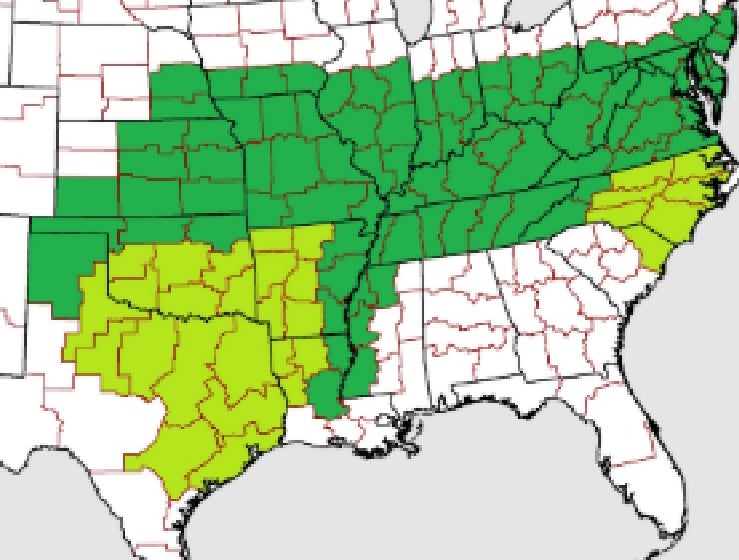6891

Relative Maturity: 118
Features & Benefits
• Big time performance in 2023 university trials!
• Attractive, dual purpose type hybrid that is best positioned as a silage only hybrid
• Strong silage yield and quality best positioned on above average to high yield acres
• Very responsive to irrigation and added management
• Good Northern movement for RM
Technology Trait
Region Adaptability

Agronomics
Staygreen: N/A
Greensnap: Above Avg
Stalks: Above Avg
Roots: Above Avg
Early Vigor: Above Avg
Drought Tolerance: Average
Test Weight: N/A
Silage: Excellent
Feed Quality: Excellent
Water Management
Full Irrigation: HR
Limited Irrigation: R
Rainfed:
Dryland (Stress): NR
Disease Tolerance
N. Corn Leaf Blight: Below Avg
Gray Leaf Spot: Very Good
S. Corn Leaf Blight: Above Avg
Goss's Wilt: Above Avg
Common Rust: Very Good
Southern Rust: Average
Tar Spot: N/A
Stalk Rot: N/A
Ear Rot: N/A
Management Response
Added Management: Excellent
Average Management: Very Good
Low Management: Very Good
Soil Placement
Course (Droughty): Average
Medium: Excellent
Heavy (Well Drained): Very Good
Heavy (Poorly Drained): Above Avg
Variable: Very Good
Rotation Management
Rotated Acres: HR
Continuous Corn: R
Continuous Corn with Fungicide: R
KEY
| Ratings: | 9 Excellent |
8 Very Good |
7 Above Avg |
5-6 Average |
3-4 Below Avg |
1-2 Poor |
| Systems: | HR Highly Recommended |
R Recommended |
NR Not Recommended |
|||
| Resistance: | HR Highly Resistant |
R Resistant |
MR Moderately Resistant |
LR Least Resistant |
MS Moderately Susceptible |
S Susceptible |
All agronomic characteristics and ratings may vary with growing conditions and environment. Ratings are approximate and should not be considered as absolute. Ratings on new hybrids are based on limited data and may change as more data are colle cted. Extreme conditions may adversely affect hybrid performance. The relative maturity of one hybrid to another remains reasonably constant; however, the actual number of cale ndar days from seeding to physiological maturity varies with da te of planting, planting rate, temperature, day length, soil fertility, and other environmental factors.

